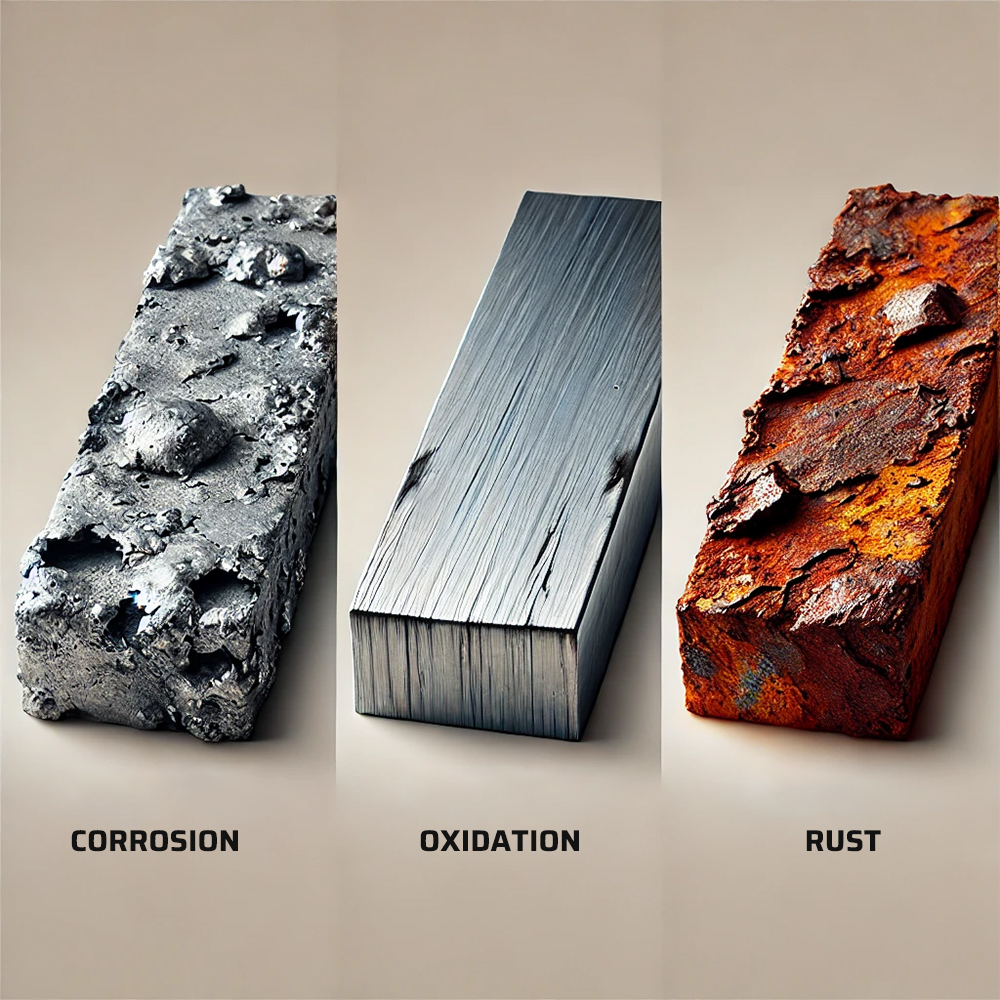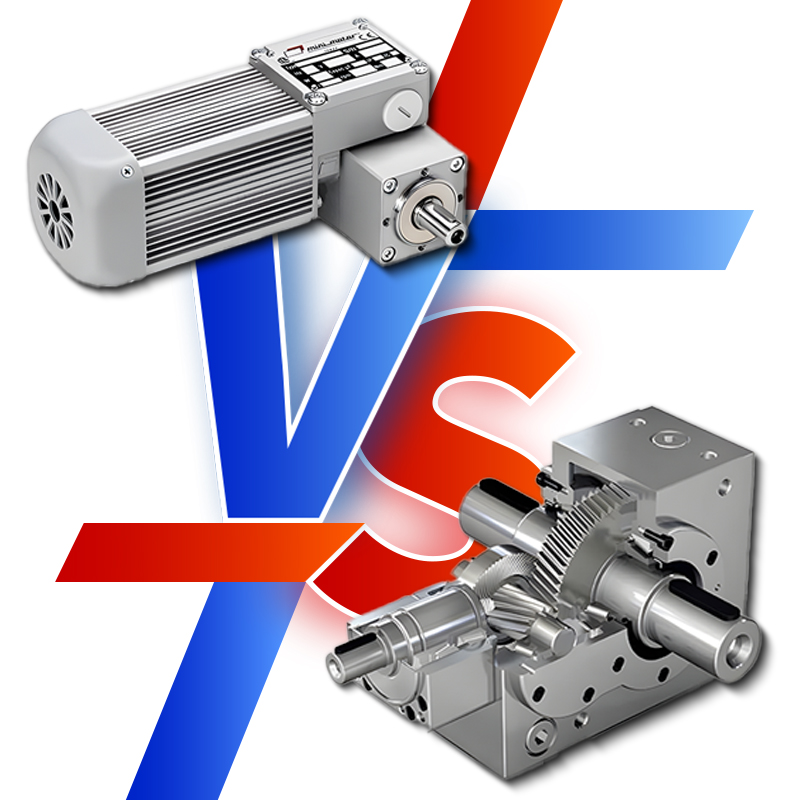Electrical injection molding (EIM) is a specialized process for manufacturing plastic components for the electrical and electronics industries. The demand for precision-molded components in the electrical and electronics sectors is expanding. So is the rise in the manufacturing industries. The manufacturing processes behind them also change as devices get tinier and more integrated into our daily lives. Injection molding for electronics plays a crucial role in meeting the precision and integration demands of modern devices. It merges the accuracy of traditional plastic molding with the complexity of electronic components.
With electronics’ increasing complexity, producers need to ensure that every component fits the strict requirements of that product. As a result, product performance and safety are easily maintained. Electrical injection molding is vital in producing components required for everyday electronics, such as cell phones, home appliances, and automobile electronics.
The level of precision offered by injection molding is vital to the design and creation of intricate shapes used for modern electronics. By understanding these challenges, manufacturers may ensure products follow strict criteria. This decision has made the modern electronics industry produce dependable parts.
Electrical Components Are Created Using Injection Molding
Injection molding is a perfect choice for high-volume production and consistent quality of many products. With this process, you can produce thousands of parts quickly, regardless of whether they have complex shapes and geometries. Among the electronic parts that are most frequently injection-molded are:
Connectors And Housing:
Connectors: join electrical circuits and facilitate efficient electrical power transfer and signals between different components. They must be produced with extreme precaution to prevent issues like loose connections or electrical failures. Connectors should be made using thermoplastics with excellent insulation properties.
Housings and Enclosures: These are designed with molded plastic parts that help protect electrical devices against external factors. These factors are moisture, dust, or physical impacts—ideal for industries where electrical components are exposed to harsh conditions, like the automotive and health sectors.
Electrical Outlet Covers And Switch Plates
They are commonly produced for aesthetic and functional purposes. The covers and plates are supposed to fit perfectly over light switches and electrical outlets. Once produced, these components are used in most outlets and switches. To accommodate a range of aesthetic tastes, they offer several design styles.
Conduit Fittings
Their sole purpose is to terminate or connect an electrical conduit that houses and protects installation wiring. These fittings create continuous pathways for electrical cables, reducing the risk of exposure and damage. They come in diverse shapes and sizes, including elbows, end caps, couplings, etc.
Wire And Cable Spools
Most electrical wiring is stored and dispensed in a well-organized manner using spools. This helps prevent tangles and nodes that might damage the wire’s functionality. Welding wires also helps avoid breakage or damage.
Spools are made from lightweight material that can accommodate the weight of the wires for easy handling. These tools greatly benefit installation, construction, and telecommunications.
Buttons And Keypads
They are used in various electronic devices, such as keyboards and control panels. They offer a tactile interface between the user and the equipment, enabling device operation. These devices mainly use flexible and durable materials like rubber and thermoplastics.
Dashboard Switches And Knobs
standard in the automotive industry. The drivers use it to control various systems as the primary interface. They are made from intricate shapes and designs to serve the purpose of the requirements.
Cable Ties
They are also known as wire ties or zip ties, organize and secure bundles of wires or cables for easy retrieval in applications. They are used in various industries, such as electronics, construction, and telecommunication. Cable tie materials include nylon and durable plastics, offering flexible locking mechanisms for easy tightening.
Critical Materials Used in Electrical Injection Molding
Selecting the best materials for electrical injection molding is very important since they must fulfill the specifications of the components. For electronics injection molding, a few common plastic varieties are preferred. These might include ABS, polycarbonate, and polyamides like nylon. Manufacturers mostly select these materials based on characteristics that help satisfy the requirements of electronic components. The material properties can include robustness, heat resistance, and capacity.
1. Thermosetting Resins:
The thermosetting resin family primarily serves materials in electrical injection molding (EIM). Unlike thermoplastics, Thermosetting resins cannot be melted or reshaped after they have settled. Due to these characteristics, they are perfect for applications requiring high performance and long service life. They are also ideal for insulating properties, heat resistance, and durability.
Some standard thermosetting resins include:
Melamines:
They offer excellent flame resistance and outstanding dimensional stability. They are especially valuable in high-voltage usage due to their capacity to retain structural integrity in the presence of heat. Melamines are suitable for terminal blocks, switchgear covers, etc.
Phenolics (Phenol-Formaldehyde)
This resin type has exceptional electrical properties, which include high heat resistance, chemical resistance, and electrical hazards.
Epoxies
Epoxies are versatile, excellent insulation materials used in printed circuit boards, electrical housings, and encapsulating and potting applications. They have excellent mechanical strength, chemical resistance, and environmental stresses.
2. Thermoplastic Resins:
Thermoplastic resins dominate as the most widely used materials because their versatility allows reshaping repeatedly through heating. The most commonly used thermoplastics are:
Nylon (Polyamide)
It is excellent in abrasion resistance, has good electrical properties, and is tough. It is also strong and protects against chemicals, even at high temperatures.
Ideal for components that undergo mechanical stress, such as cable ties, electrical connectors, and terminal blocks.
PBT (Polybutylene Terephthalate)
PBT provides exceptional electrical characteristics, outstanding dimensional stability, and intense heat resistance. It is a preferable material for long-term dependable components, particularly in settings with high temperatures or high moisture content.
Applicable to devices like electrical connectors, motor housings, and sensor components.
Polycarbonate (PC)
Polycarbonate (PC) material is well-known for its exceptional qualities, such as high-impact strength, transparency, and superior dimensional stability. These properties make it perfect for preventing mechanical damage to delicate components while preserving its insulating properties of impact resistance and longevity.
Often found in circuit boards, housings, and electrical enclosures.
Acrylonitrile Butadiene Styrene (ABS)
It is highly durable and resistant to impact material, making it perfect for parts subjected to a lot of wear and tear. Additionally, ABS is easy to mold, making it possible to produce intricate shapes and designs precisely and affordably.
Suitable for electrical devices such as electrical connectors, keyboard pads, switch plates, etc.
3. Conductive Fillers
Conductive fillers are added to plastic materials to improve their electrical and thermal conductivity during injection molding. Some of these conductive qualities make the current flow in specific electrical devices or shields against electromagnetic interference (EMI). Common conductive fillers include;
Carbon Black
Carbon black is a common additive that improves the electrical conductivity of plastic materials. It is cost-effective and easily integrated with some resins to attain the desired conductivity quality. The capacity to enhance the material’s strength and UV resistance is also well-known. Carbon black has several applications, such as:
Antistatic materials: help prevent the buildup of static electricity, which is frequently found in packaging materials for sensitive electronics.
EMI shielding components: prevent electromagnetic interference from reaching electronic equipment, preserving the correct operation of different electronic systems.
Conductive housings: used to improve electrical safety and conductivity in electronic equipment casings and enclosures.
Electronic packaging: keeps delicate components safe by avoiding static discharge during shipping or handling.
Silver Flake
Silver flakes have excellent electrical and thermal conductivity properties. That means their thermal dissipation and good electrical performance efficiency are hardly comparable. They control both current and heat accurately in some products. Although they are more expensive than other fillers, they perform better in challenging electrical applications.
They perform better in components that need Conductive adhesives, such as Circuit board components (PCBs) or Thermal interface materials, such as heat sinks.
Graphite
Graphite exhibits perfect thermal conductivity and good electrical properties. Its effective heat dissipation and current flow make it ideal for various applications. Graphite also demonstrates exceptional strength and resilience in high-stress situations, particularly in high-power electrical uses.
Application of graphite materials may include Electrical brushes, connectors, and high-power electrical components.
Challenges and Considerations Associated with Electrical Injection Molding (EIM)
Technical Challenges Associated with EIM
Electrical Injection Molding (EIM) presents several technical challenges that manufacturers must confront to guarantee the high-quality production of electrical components.
Complex Geometries: Designing molds of complex shapes can be a significant challenge. Precise engineering is an important factor in maintaining tight tolerances for operating electrical components. This increases the lead time, which consequently raises manufacturing costs. Utilizing advanced CAD (Computer-Aided Design) and CAM (Computer-Aided Manufacturing) software is therefore necessary to streamline the design process before production.
Material Behavior: Materials exhibit different flow characteristics during the injection molding process. Thorough material testing is usually as important before production as it is after production to provide insights into each material’s properties. Knowing how each material responds when subjected to different conditions is essential to preventing flaws.
Contamination Control: That tiny speck, an easily overlooked contaminant, can affect the overall integrity of the final product. Contamination from oils, dust, or other residues tends to compromise the quality of the molded parts, causing defects and failures in performance. The manufacturing environment must be cleaned, and regular maintenance must be carried out.
Environmental Concerns and Sustainability
Sustainable Material: Global initiatives are focusing on reducing plastic waste in the environment. This has resulted in many industries looking for alternatives because biodegradable or recyclable materials are in high demand. However, the main concern remains whether these sustainable materials can actually match the performance of conventional materials.
Material Waste: Most manufacturing processes, including injection molding, can generate waste materials. This leads to increased production costs and raises environmental concerns. Optimizing process monitoring and control strategies can improve consistency. Recycling and scrap reuse can also reduce waste.
Energy Consumption: A significant amount of energy is used to melt material during injection molding. This increases the production cost and contributes to a higher carbon footprint. Adopting automation and other process control measures can minimize energy consumption.
Future Trends and Advancements in EIM
Smart Manufacturing: Operations monitoring and control are evolving as a result of the Incorporation of AI (Artificial Intelligence) and IoT (Internet of Things) technology into EIM procedures. Manufacturers can collect real-time data and make predictions, which leads to improved productivity and efficiency.
Advanced Materials: Research on new composites and polymers is rapidly growing. This trajectory addresses the electronic industry’s needs and challenges to enhance performance. For instance, the Incorporation of bio-based materials like polylactic acid (PLA) and polyhydroxyalkanoates (PHA) offers sustainable alternatives to conventional petroleum-based plastics. Other recycled polymers like rPET (recycled polyethylene terephthalate) reduce waste and lower the demand for virgin plastics.
Automation and Robotics: The critical components of Industry 4.0 are transforming EIM. Automation systems can optimize production, and robots streamline stages of the injection molding process. Repetitive tasks are handled efficiently, with precision and speed. As autonomous systems and AI develop further, the EIM sector will gain from more intelligent, flexible production processes. This will increase scalability and boost competitiveness in the global market.
Miniaturization and Microelectronics: The need for miniaturization and microelectronics in electrical injection molding (EIM) has increased as electronics have become more complex yet are getting smaller. In sectors where precision and space are critical, like consumer electronics and telecommunications, micro EIM is indispensable.
Conclusion
Electrical injection molding (EIM) is the real deal when producing essential components for the electronics industry. The process is necessary for precise operations because electrical components have strict requirements.
Moreover, industry innovations are advancing the future of EIM and providing companies with opportunities for expansion and innovation.
For businesses looking for dependable and practical solutions, it is wise to engage with a partner who understands the complexities of EIM. As a research and development technology manufacturer, a focus on the development of automated, energy-efficient, and environmentally friendly models is essential. Our company provides customized injection molding services to satisfy the particular needs of the electronics industry. We guarantee precision, economy, and sustainability in our high-quality production.



















